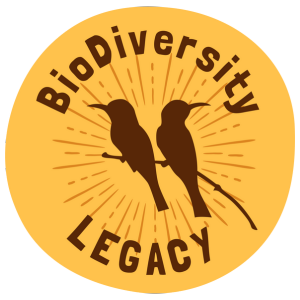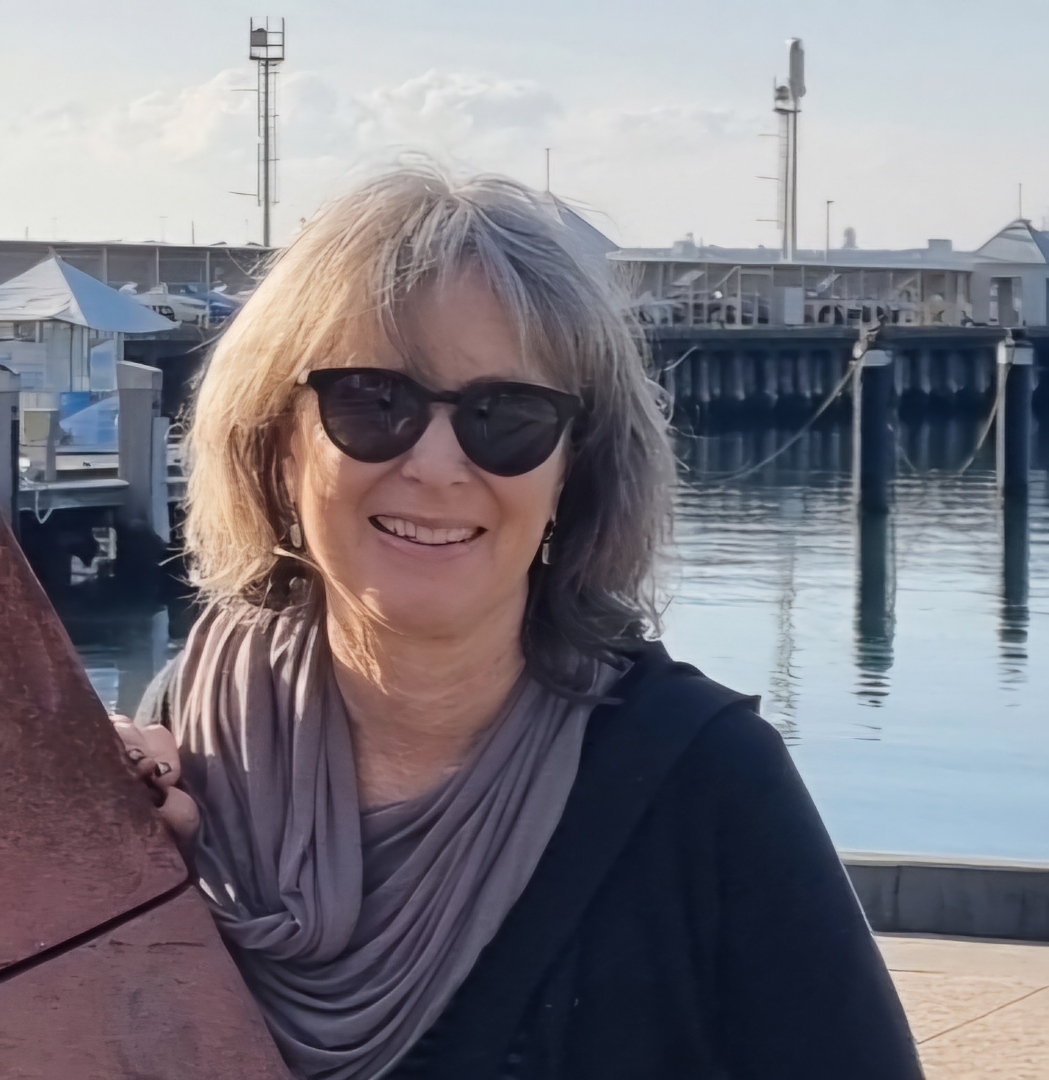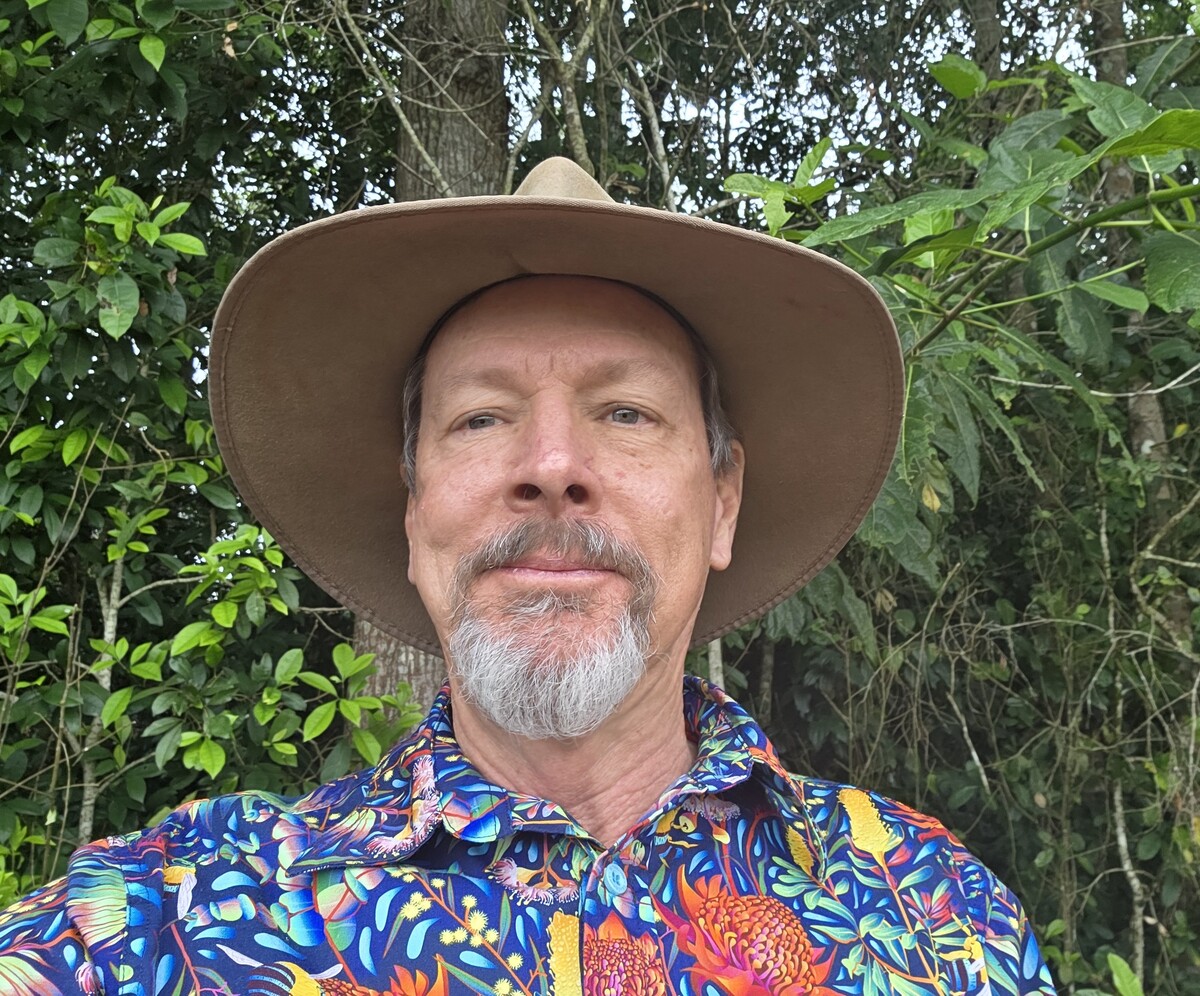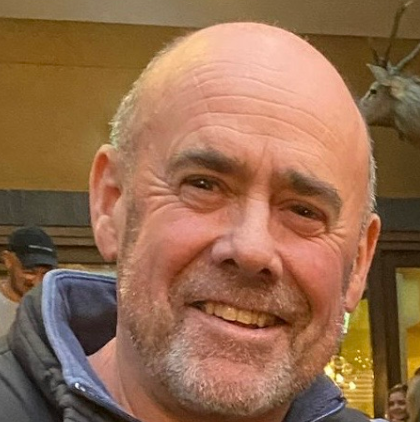Connecting communities & landscapes
BioDiversity Legacy is committed to building relationships with individuals and communities in regional areas, supporting them with information and resources to enhance local connectivity, expand networks and help communities champion the protection and restoration of their precious local landscapes.
LINKING LANDSCAPES AND COMMUNITIES
We use the term ‘community biolink’ to frame discussions about local contexts and how we can support communities with knowledge and resources to enhance biodiversity protection and landscape connectivity.
Conversations at the grassroots level help us understand what landholders and communities need in order to expand their vision and see how their projects can contribute to biodiversity outcomes beyond the spatial footprint of individual properties and projects.
Our coordinators
We employ Biolink Coordinators around Australia. Acting as our ‘eyes and ears’ on the ground, they have a deep understanding of local landscapes and conservation challenges, working closely with landowners, community groups, agencies and local government bodies to understand the biolink vision for the area, strengthen networks and build capacity.
How we support local communities
By leading or engaging in activities that build links and community connections, such as:
- networking across the not-for-profit environmental sector
- local environmental knowledge and networks
- general support and knowledge assistance for long-term land protection pathways
- communications to engage the media and community
citizen science activities - community regeneration projects
- facilitate connections with environmental specialists (e.g. land managers, botanists and surveyors)
- linking land covenantors together.
.
Meet our coordinators
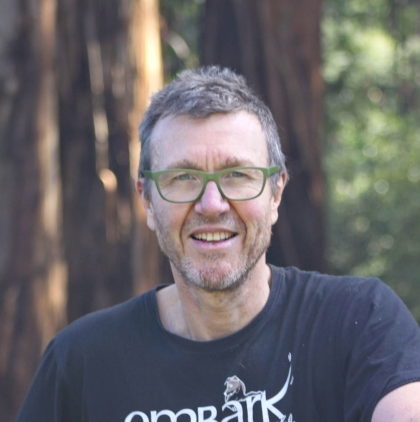
Stuart Inchley
Biolink Coordinator, South Gippsland and Bass Coast
Robyn Edwards
Community & Stewardship Manager, Gippsland, VIC
Keith Smith
Biolink Coordinator, Far North Queensland
Tim Rowe
Biolink Coordinator, East Gippsland Victoria
